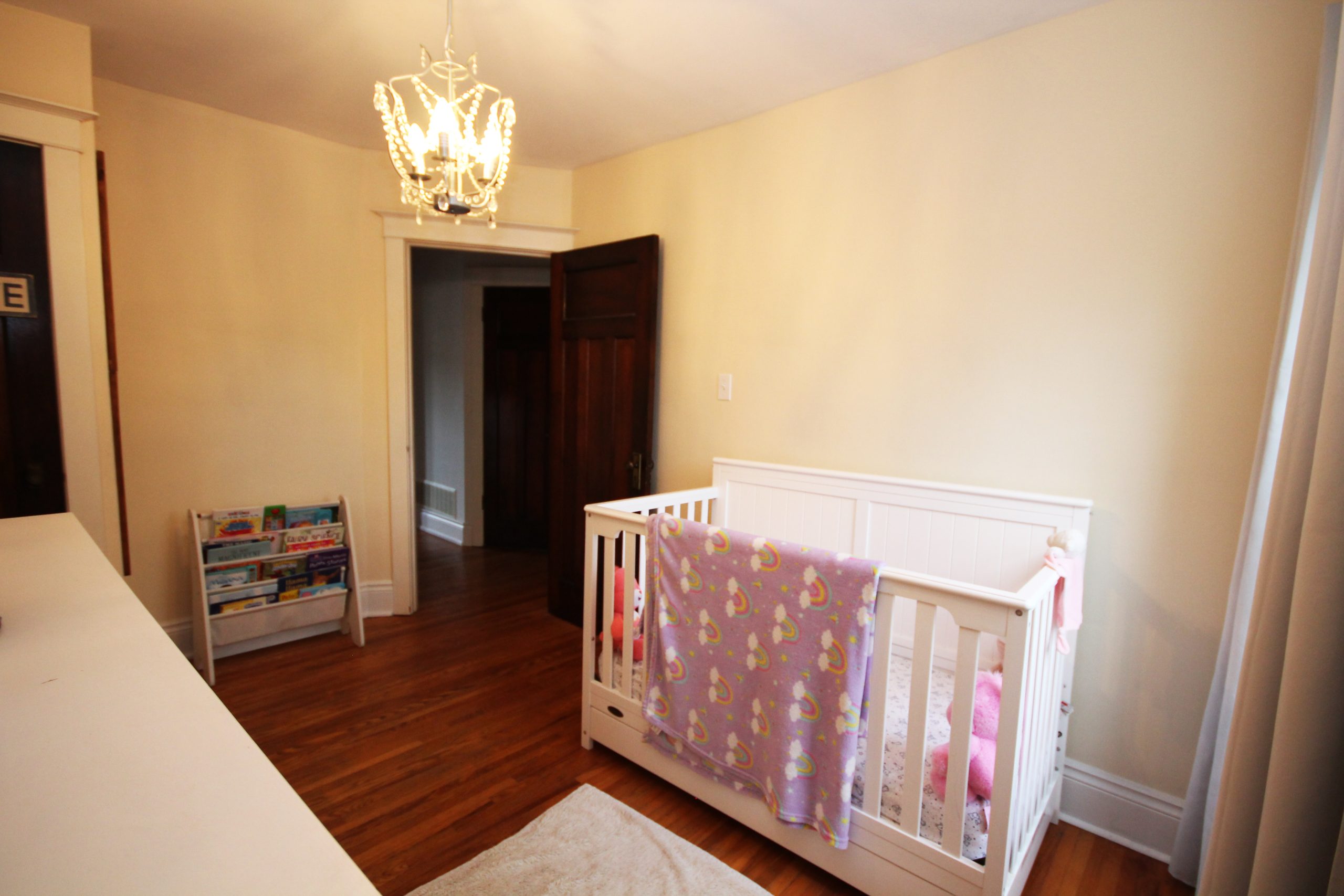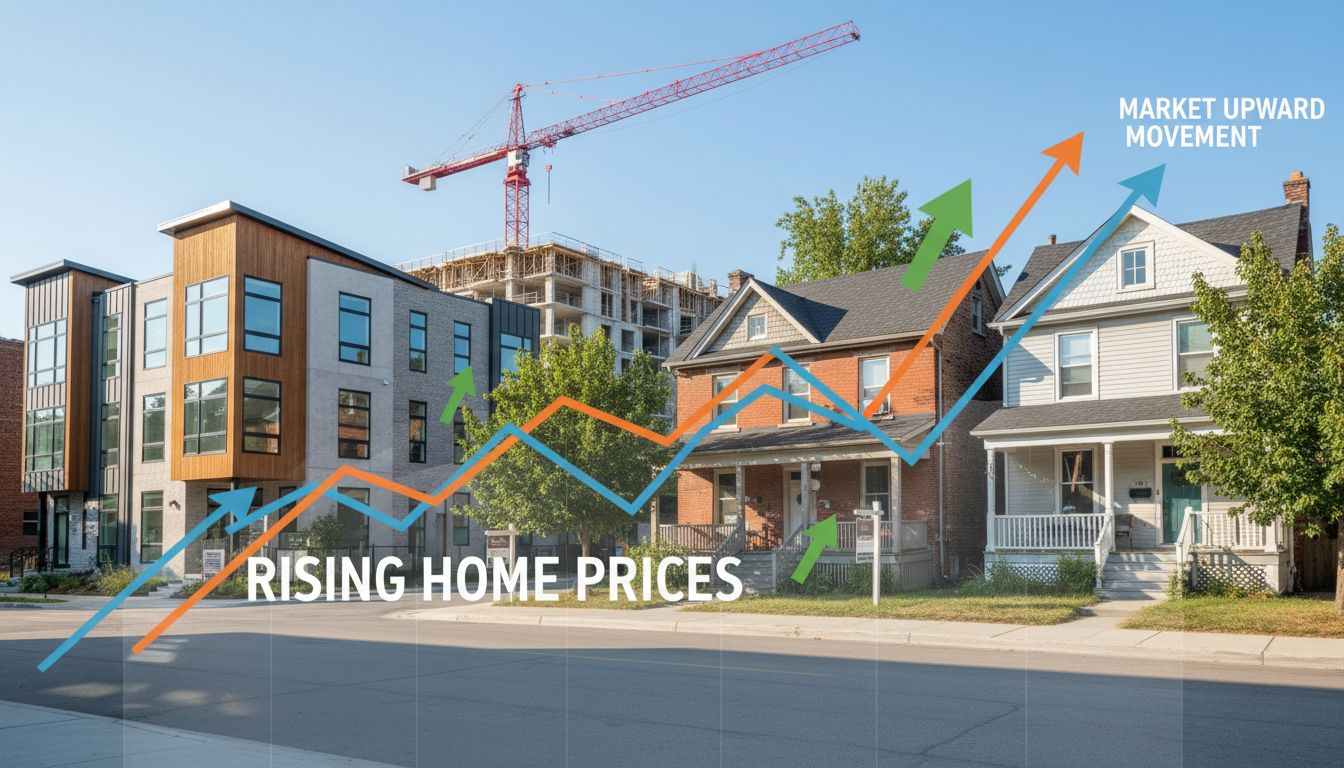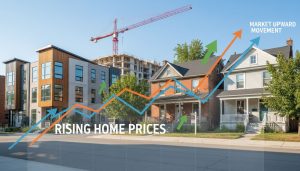How does new construction affect prices in a
neighborhood?
New Construction Pushing Neighborhood Prices Up — Here’s the Real Impact
Quick, blunt answer
New construction changes prices by shifting supply, attracting higher-income buyers, and resetting comparable sales. Short-term it can cool old-home pricing in a micro-pocket. Medium-to-long term it forces appreciation if demand stays strong. In plain terms: new builds move the market — fast for hot areas, slow for weak ones.
Why it matters now (real estate market trends)
If you own, sell, or buy in a neighborhood with new development, this affects your equity, comps, and negotiating power. New construction is not just another house — it’s a price anchor. That anchor rewrites comparable sales (comps), influences buyer expectations, and changes the mix of inventory. Use this to your advantage.
How new construction affects home prices — the mechanics
- Supply and demand: New units increase supply. If demand is higher than that new supply, prices rise. If supply outpaces demand, prices can dip until absorption catches up. Keywords: housing supply, absorption rate, demand.
- Price anchor: New builds often list at a premium. Nearby sellers reset asking prices upward. Appraisers use recent sales; a cluster of new-build sales can lift comps.
- Buyer profile shift: New developments attract buyers willing to pay for amenities and modern finishes. That pulls average neighborhood prices up.
- Renovation premium: Older homes that are updated can command bigger premiums as buyers compare them to new stock.
- Infrastructure and taxes: New construction can add amenities or increase local taxes. Higher quality infrastructure supports higher property values.
- Rental market effect: New rental stock can cool single-family rental demand, pushing some buyers to purchase and increasing owner-occupier prices.

Clear, actionable insights (what to do next)
- Sellers: Stage and price with new builds in mind. Highlight upgrades that beat new construction (lot size, character, mature landscaping). Price 3–5% above local comps if your home outperforms new builds in value-per-square-foot.
- Buyers: Use new builds as leverage. If a builder lists high, negotiate based on absorption rates and time-on-market. Ask for upgrades or closing cost contributions.
- Investors: Track absorption rate and pre-sale velocity. Fast pre-sales + low inventory = upside. Slow pre-sales = higher risk and longer holding costs.
- Agents: Recast CMAs to include new build sales and adjust depreciation curves for older properties.
Quick checklist to measure impact in your neighborhood
- Count new build closings in last 12 months.
- Compare average sold price per sqft vs. prior 24 months.
- Check time-on-market and absorption rate.
- Monitor property tax reassessments.
- Talk to a local market expert for hyperlocal comps.
Final, no-nonsense takeaway
New construction is a market accelerant. It can raise prices by resetting comps and attracting higher-income buyers — or it can create short-term softness if supply overwhelms demand. What matters is local context and speed of absorption.
Want a straight, data-driven read on how new builds are moving prices on your block? Contact Tony Sousa — the local market expert who turns market trends into clear action.
Email: tony@sousasells.ca
Phone: 416-477-2620
Website: https://www.sousasells.ca
Keywords: new construction, home prices, neighborhood, real estate market trends, property values, comps, housing supply, absorption rate, appreciation.





















